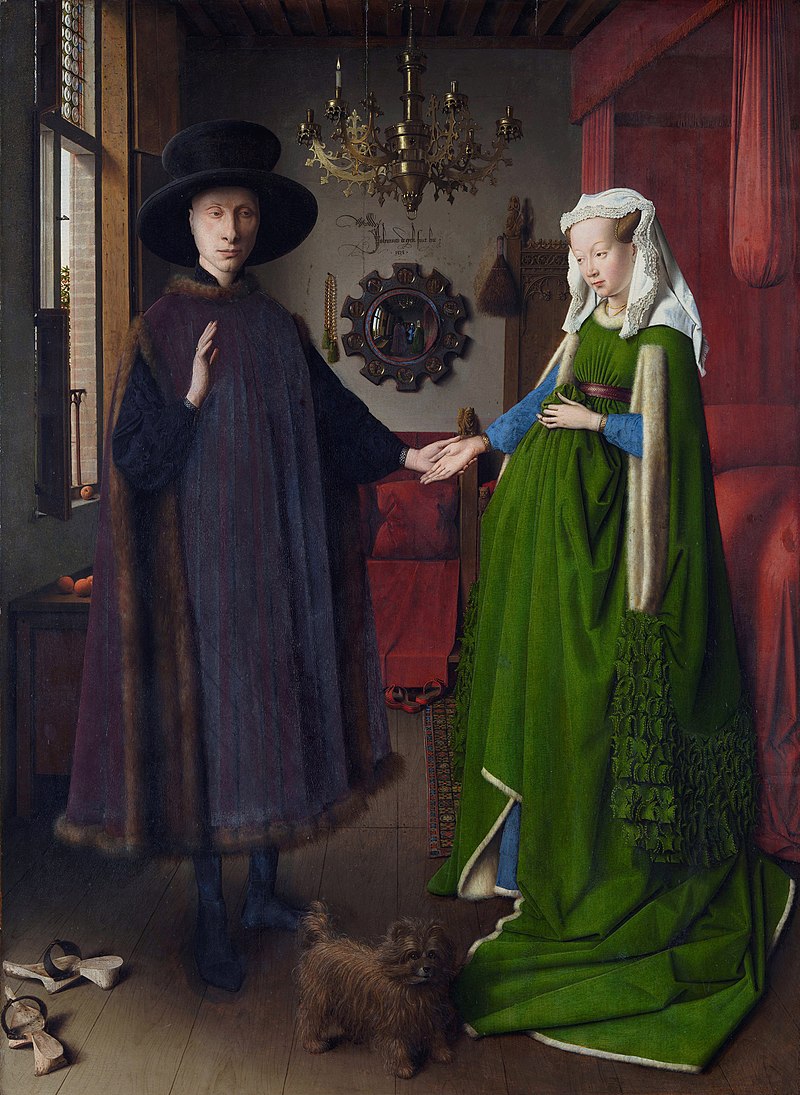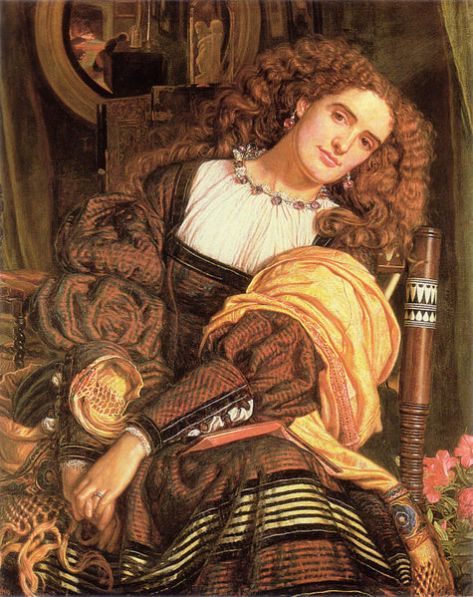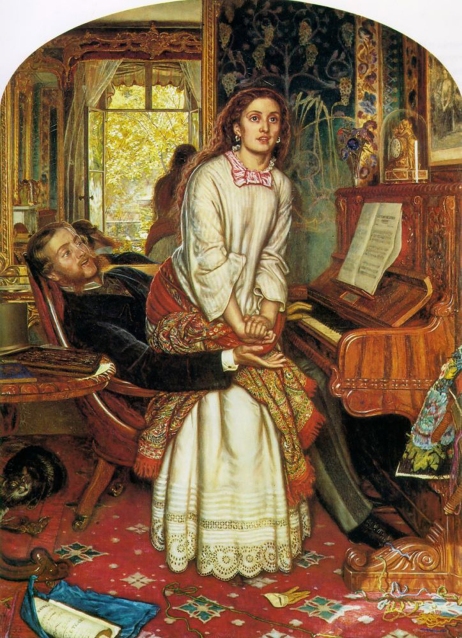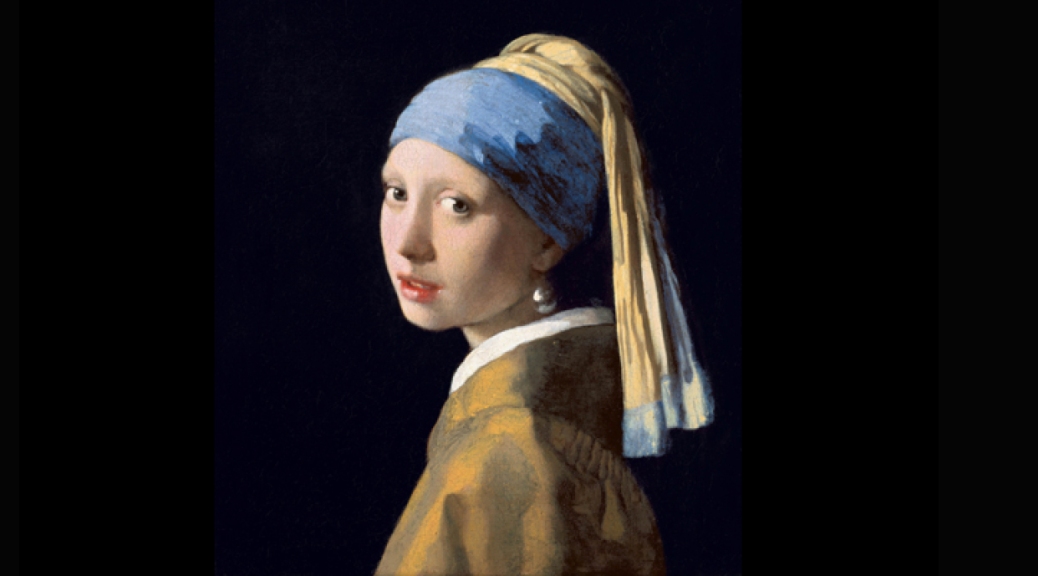The realm of fantasy has a lot of mirrors that contain wonderful worlds on the other side. These worlds are wonderful because in the blank of mirrors, beyond those reflections, only imagination exists; they remain wonderful because the ‘other side’ of mirrors can’t be accessed. Perhaps it because of our familiarity with our own side, which abates our amusement with it, that we always fantasise about these mirror worlds that look the same and yet are ‘the other’.
Reality confirms that such mirrors, containing wonderful worlds, only exist in the realm of fantasy. For a mirror is essentially blank…the blank can’t contain… the blank doesn’t have anything of its own because it is, well, blank. It just reflects everything in its plain exactness. And outside the realm of fantasy, the virtue of mirrors lies not in containing fantastical worlds, but reflecting our own in its exactness and precision.
Of all the well-known painted mirrors, one of the most important in fine arts is a round convex mirror in the Arnolfini Wedding Portrait, which owes its immense fame to its precision of detail in reflection.

The Arnolfini Wedding Portrait by Jan Van Eyck is a full size portrait of a newlywed couple, holding hands, standing in a room that has a huge round convex mirror on the rear wall. The mirror lies at the heart of this painting despite being in the background; the quality of a convex mirror to converge the size of reflected image while maintaining clear details is what Jan Van Eyck utilises to portray the opposite side of the room. The scene on the opposite side shows two figures just entering the room. The cold expression on the couple’s faces, otherwise unfit for a wedding portrait, can now be explained by the reflected scene as dismay over interruption by visitors. Knowledge of the scene on the opposite side changes our perception of scene on this side.
Turns out, a mirror need not contain an alternate world on the other side to inspire imagination. This mirror and the way Van Eyck used it has inspired a multitude of artists from all times, and had a major influence on artists of the Pre-Raphaelite Brotherhood four centuries later. This was a group of artists who advocated realism in its extreme detail and precision, and were greatly intrigued by the mirror in the Arnolfini portrait. Mirrors are commonly featured in Pre-Raphaelite paintings, a lot of them painted in the likeness of that of the Arnolfini Portrait. Though mirrors have always been a valued tool in realist art, for the Pre-Raphaelites, mirrors were important not just for their form, but also the subject, meaning and symbolism of what they painted.

In Il Dolce Far Niente by William Holman Hunt, the eyes of the lady fixedly gaze at the spectator, or the artists for whom she might be modelling. As used in the Arnolfini portrait to show the opposite side, such mirrors have been used by many artists to create double portraits in their paintings—portraying themselves in the very act of painting that painting. A closer look of the mirror on the rear wall in ‘Il Dolce Far Niente’, however, shows no one on the opposite side. Instead of gazing at a spectator, or modelling for the artist painting her, she is found to be just staring into the fireplace. The reflection in the mirror is what, in fact, gives meaning to the painting and makes good its title “the sweet pleasure of doing nothing”.
In another painting by the same artist, ‘The Awakening Conscience’, a couple are captured in the middle of what seems like a light romantic moment. Various objects in their surroundings, along with the lack of a ring on girl’s left hand, make it clear that she lives in an unhappy state of a mistress. Yet the girl looks hopeful and dreamy. A reflection in the mirror behind her, of a green and sunny world on the outside, reveals what she actually fancies—freedom away from this luxurious entrapment, not idle romance that provides for her vain pleasures.

Hunt was one of the founding artists of Pre-Raphaelite Brotherhood. These paintings are prime examples of how the Pre-Raphaelite concept of realism was much more extensive than its visual aspect. Here, realism does not mean photo-realistic rendering of what fits in the frame. Their paintings certainly have much more than what can fit in a frame and this realism is rather concerned with presenting the picture in its entirety and exactness—what mirrors are used for.
These mirrors, more than reflecting what we can’t view otherwise, deflect our vision from what is right in front of us, and change our perspective about what we might see so plainly and take for granted. They remind us that there need not be worlds on the other side of mirrors, the world on this side is fascinating enough if looked at from new perspectives; and while fantasising about the inaccessible ‘other side’, we often miss out on reality of our own side.
Written by Eshna Gupta
Painting by Jan Van Eyck
Image Edited by Chetanya Godara


